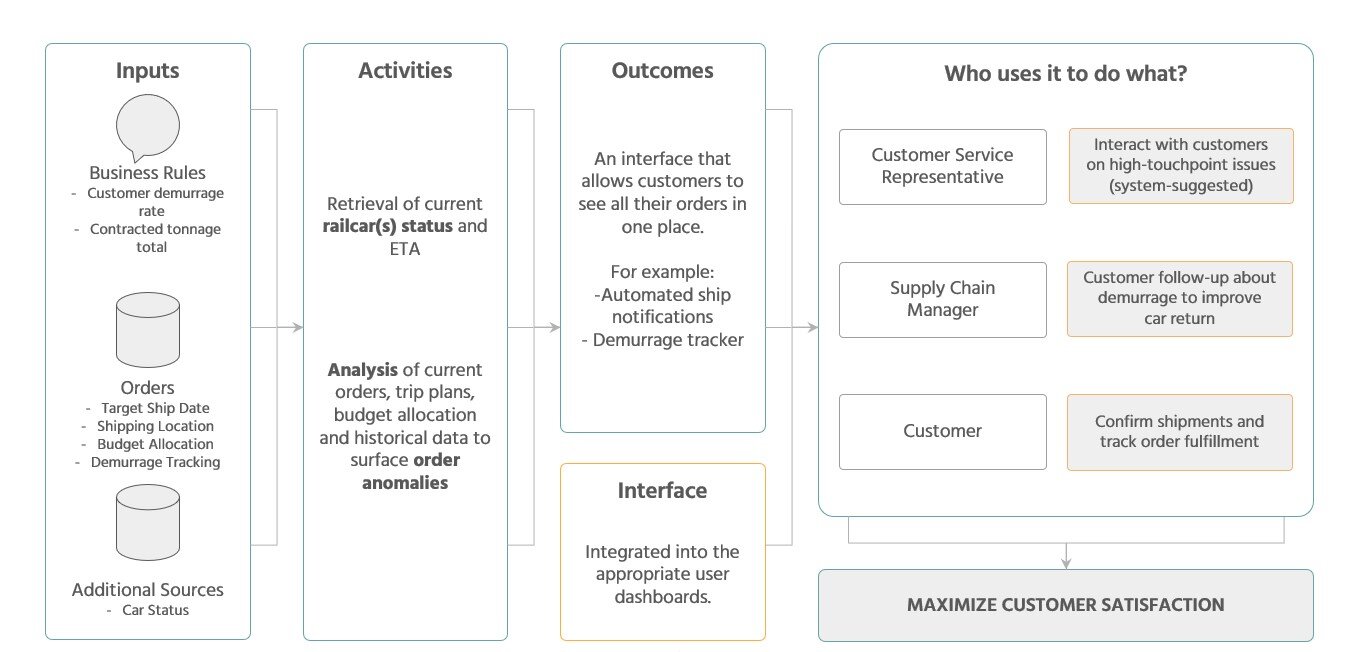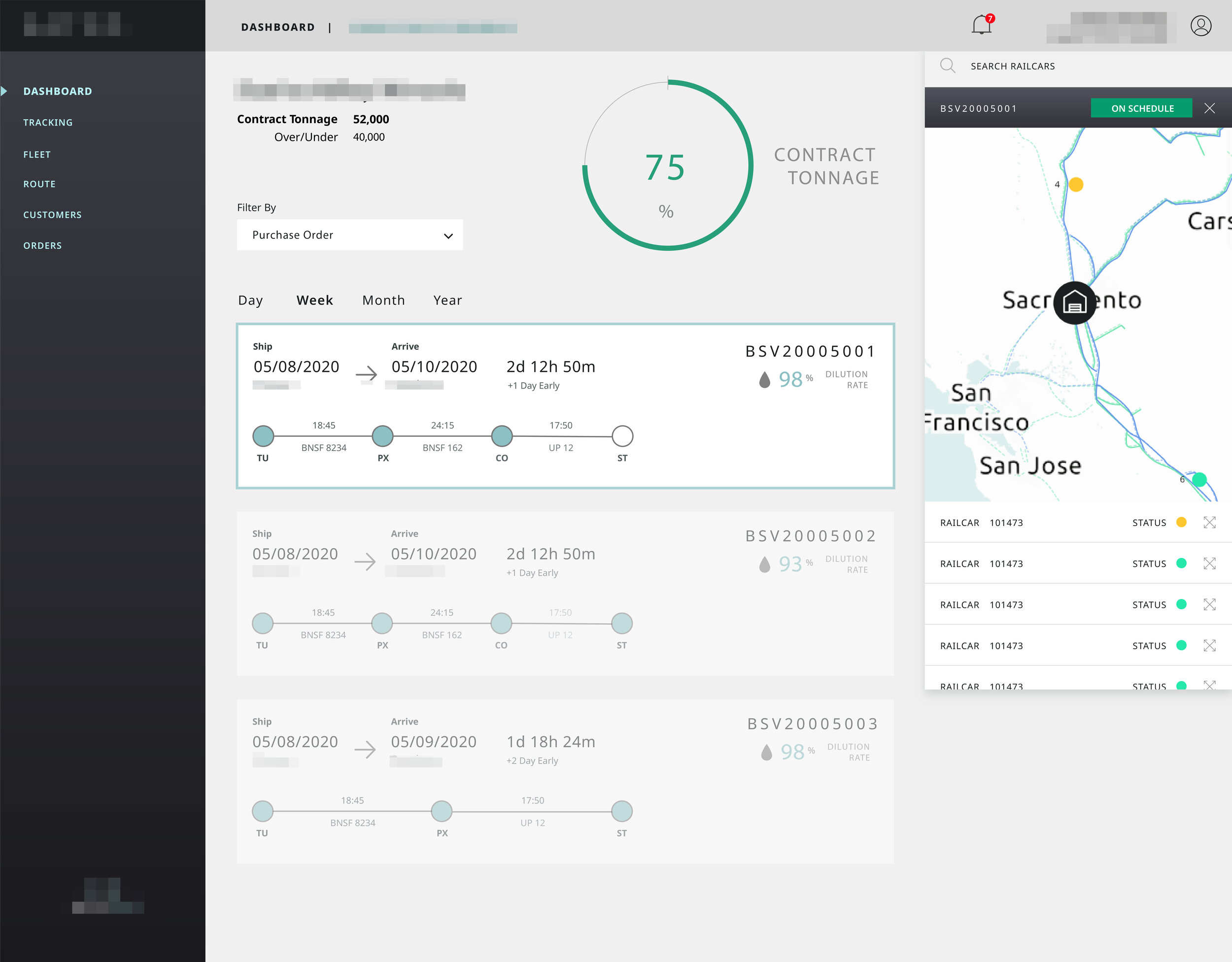Client
Hypergiant Industries
Summary
Defined an AI-powered fleet management product that will allow the client to scale as well as synthesize an improved customer experience — aka Project A.T.L.A.S. (Acid Transit Loading Autonomous System)
UX Strategy, UX Design, Art Direction, Information Architecture
Responsibilities
2 Months
Project Time
The Scope
This product definition and proof of concept demo endeavor lasted up to eight weeks. We worked closely with the Parent Company and Subsidiary teams to identify and document the foundational architecture, needs, preferences, requirements, feature sets/functionality, user experiences, user interfaces, KPIs, constraints, and other critical elements needed to inform the development of the platform and prepare the client’s IT and data environment for successful integration and deployment.
Defining the Problem: Competitive Analysis
The study of other competitive profiles (in terms of marketing strategy, target market, core business, usability, layout, navigation structure, compatibility, content, design, and performance) together with business analysts, helped to assess leading services in this market.
Problem Statement
Soon after getting the lay of the land, we were not only able to understand and identify areas where the client could improve and grow, but also how to cultivate the momentum of growth:
The Client would like to more efficiently manage and scale the railcar fleet used to distribute product to their customers based on two main drivers.
- Projected Growth
Current fleet is expected to grow considerably over the next few years.
- Manual Effort
Significant manual effort is required today to effectively manage the fleet.
Personas & Processes
In order to empathize with the different types of users, we developed so-called proto-personas, which are based purely on experience and assumptions. These served as a starting point to reflect on the needs and challenges of the user and possible solutions that can be considered later in building the information architecture. After further information was gathered, full fledged, Initial Personas were built to reflect 3 most essential user-types and the roles they play.
The Process Map shows how we have synthesized the information learned during the stakeholder interviews. This map reflected our current understanding of the client’s processes and how the 3 personas interact with each other within the confines of its fleet management procedures.
Initial Personas



The Process Maps
Customer Experience Map
Defining the Solution: Project A.T.L.A.S.
Project Atlas(Acid Transit Loading Autonomous System) is an AI-powered web application that eliminates spreadsheets and ties in data directly from railroads to automate the end-to-end decision-making and management process. Furthermore, with an eye to growth, Atlas will allow you to scale and grow your top line at a faster rate with limited friction on operational expenses and, therefore, provides the ability to be more agile, more responsive, and more competitive.
Art of the Possible
These Proofs of Concept are a tool for showcasing and gathering feedback through a design concept. Ultimately, this is a tool for facilitating collaboration and allowing us to better understand the business and build/refine the product backlog.



















